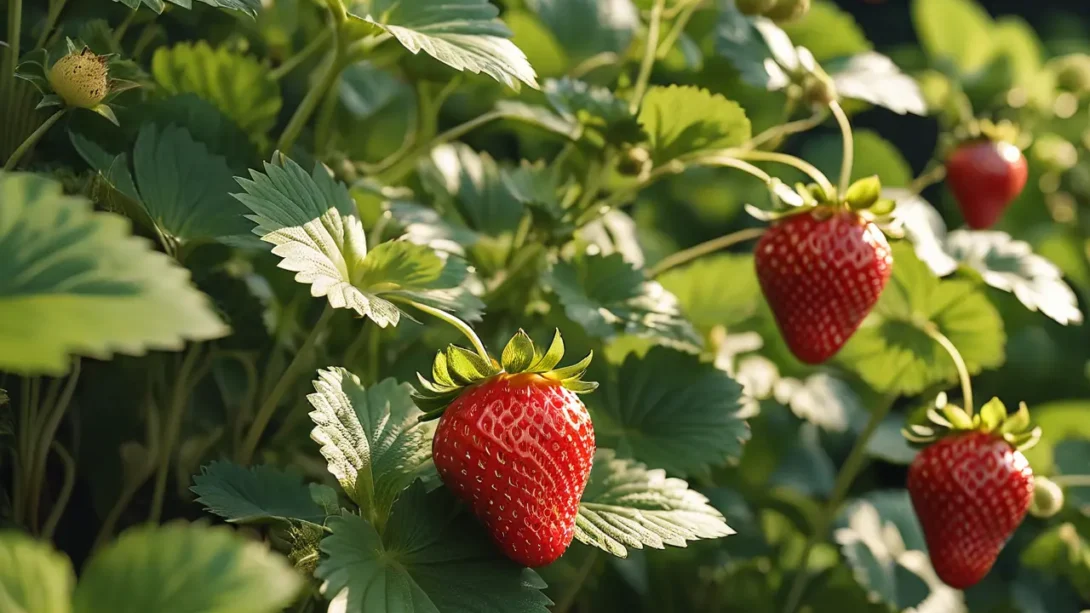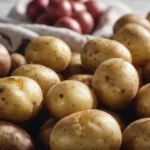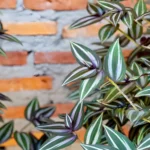Strawberries, with their sweet fragrance and juicy flavor, are a cherished delight in gardens and patios around the world. While these berries are known for their hardiness and prolific nature, successful fruit production often hinges on effective pollination. Although strawberries are primarily pollinated by bees and other natural pollinators, certain conditions can impede this natural process, making hand pollination an invaluable technique. This guide delves into the essential aspects of strawberry pollination, outlining both natural and manual methods to ensure a bountiful harvest.
Strawberry Flowers
Strawberry plants produce delicate, white flowers, each harboring the potential to develop into a succulent berry. These flowers contain both male (stamens) and female (pistils) reproductive parts, enabling them to self-pollinate. However, for pollination to result in fruit, pollen must be transferred from the stamens to the pistil within the same flower or between flowers.
Strawberries come in three main varieties based on their flowering habits: June-bearing, which produce a single, large crop in early summer; everbearing, offering several smaller crops throughout the growing season; and day-neutral, capable of producing fruit continuously in favorable conditions. Understanding these varieties is crucial for gardeners aiming to optimize their pollination strategies and yield.
Natural Pollinators of Strawberry Plants
Bees play a pivotal role in strawberry pollination, alongside other insects like butterflies and hoverflies. These natural pollinators are attracted to strawberry flowers by their nectar and, in the process of visiting the flowers, inadvertently transfer pollen from one flower to another. To encourage the presence of these beneficial insects, gardeners can plant a variety of flowering plants nearby to attract them and provide diverse habitats.
Ensuring your garden is welcoming to natural pollinators involves more than just planting flowers. Avoiding pesticides, creating nesting sites, and providing sources of water are all practices that support a healthy pollinator population. On sunny, warm days when insect activity is high, strawberries are more likely to be effectively pollinated, leading to better fruit set and development.
When to Hand Pollinate Strawberries
Despite the best efforts to attract natural pollinators, certain situations—such as prolonged periods of rain, cold spells, or the absence of bees—may necessitate hand pollination. Hand pollination can also be beneficial for gardeners growing strawberries in greenhouses or indoors, where natural pollinators are scarce.
The best time to hand pollinate is mid-morning when the flowers are fully open and pollen is abundant. It’s important to identify flowers that are ready for pollination, which typically have fully exposed stamens and pistils. The process, while delicate, can significantly increase the chances of fruit setting, especially in less-than-ideal pollination conditions.
Tools and Materials Needed for Hand Pollination
Hand pollinating strawberries requires minimal tools, making it an accessible technique for gardeners of all levels. A small paintbrush or cotton swab is typically used to transfer pollen. These tools mimic the action of natural pollinators, gently moving pollen from the stamens to the pistil. Cleanliness is key; ensure the tool is free from contaminants that could interfere with pollination.
Step-by-Step Guide to Hand Pollinating Strawberry Flowers
Hand pollination of strawberry flowers is a meticulous but straightforward process. Here’s how to ensure that your efforts lead to a fruitful harvest:
- Preparing for Pollination: Choose a dry, calm day for hand pollination, ideally in late morning when the dew has evaporated. This timing mimics the natural activity peak of pollinators and ensures the pollen is dry and more likely to adhere to the brush or swab.
- Identifying Ready Flowers: Look for flowers that are fully open, with visible and accessible stamens and pistils. These are in the prime stage for pollination. The stamens, which are the male parts of the flower, will have pollen on them, while the pistils, the female parts, are ready to receive the pollen.
- The Pollination Process:
- Gently touch the tip of your paintbrush or cotton swab to the stamens of one flower to collect the pollen. You’ll see the fine pollen grains adhere to the brush.
- Carefully transfer this pollen to the pistil of the same flower or another flower, touching the center part of the pistil where the pollen can effectively be deposited.
- Repeat this process with each flower, moving systematically through your strawberry plants. Ensure you’re gentle to avoid damaging the delicate flowers.
- After Pollination Care: Once pollination is complete, continue to provide optimal care for your strawberry plants. This includes regular watering, ensuring the soil remains moist but not waterlogged, and applying straw mulch to maintain soil moisture and temperature. Additionally, a balanced fertilizer can support the development of strong, healthy fruit.
Maximizing Strawberry Yield with Proper Pollination
Ensuring a high rate of pollination and subsequent fruit set involves more than just the act of pollination itself. Here are some additional tips to maximize your strawberry yield:
- Optimal Plant Spacing: Proper spacing between strawberry plants allows for adequate air circulation and sunlight penetration, both of which are crucial for healthy growth and pollination. Follow spacing guidelines for your specific variety.
- Regular Watering: Strawberries require consistent moisture for optimal growth, especially during the flowering and fruiting stages. Use drip irrigation or soaker hoses to provide water directly to the base of the plants, minimizing moisture on the leaves and flowers.
- Balanced Fertilization: Applying a balanced, slow-release fertilizer at the beginning of the growing season can provide necessary nutrients for flower and fruit development. Avoid high nitrogen fertilizers, which can promote leaf growth at the expense of fruit.
Troubleshooting Common Pollination Problems
Even with careful attention to pollination, gardeners may encounter issues such as poor fruit set or misshapen berries. These problems can often be attributed to incomplete pollination or environmental stresses. If you notice these issues, consider adjusting your pollination technique, ensuring more thorough coverage of flowers, or reassessing the environmental conditions around your plants. Factors such as extreme temperatures, high humidity, or water stress can affect pollination success and should be managed accordingly.
Enhancing Natural Pollination
Beyond hand pollination, there are several ways to improve natural pollination rates in your strawberry garden:
- Attracting Pollinators: Planting a variety of flowers that bloom at different times can attract and keep pollinators in your garden throughout the growing season. Consider adding native plants, which are particularly beneficial for local bee populations.
- Providing Habitat: Features like a shallow water source, undisturbed ground for nesting, and diverse plantings can create a welcoming environment for pollinators.
- Avoiding Pesticides: If you must use pesticides, opt for those that are least harmful to bees and apply them at times when pollinators are least active, such as late evening or early morning.
Conclusion
Pollination plays a crucial role in the cultivation of strawberries, influencing both the quantity and quality of your harvest. While natural pollinators do much of the work, hand pollination can be a rewarding practice to ensure maximum fruit set, especially in less-than-ideal conditions. By understanding the needs of your strawberry plants and the intricacies of the pollination process, you can enhance your gardening skills and enjoy a bountiful strawberry harvest.
Embracing both natural and manual pollination techniques allows gardeners to overcome challenges and create a thriving garden ecosystem. With patience, care, and a bit of manual assistance, your strawberry plants can produce delicious, juicy berries to enjoy all season long. Remember, the most successful gardens are those tended with knowledge, observation, and a deep appreciation for the processes that drive nature’s bounty.




